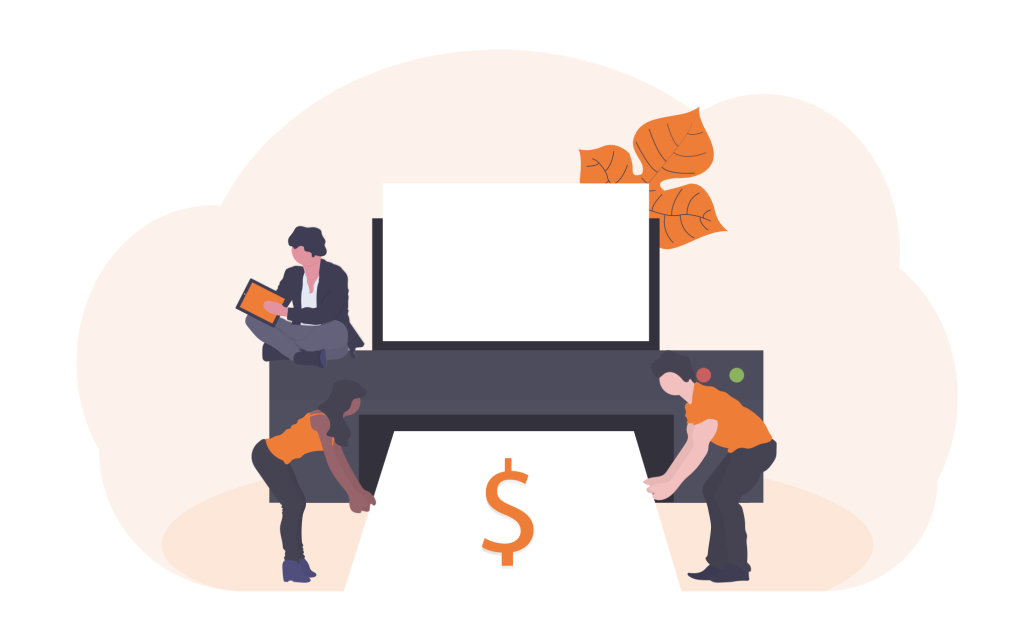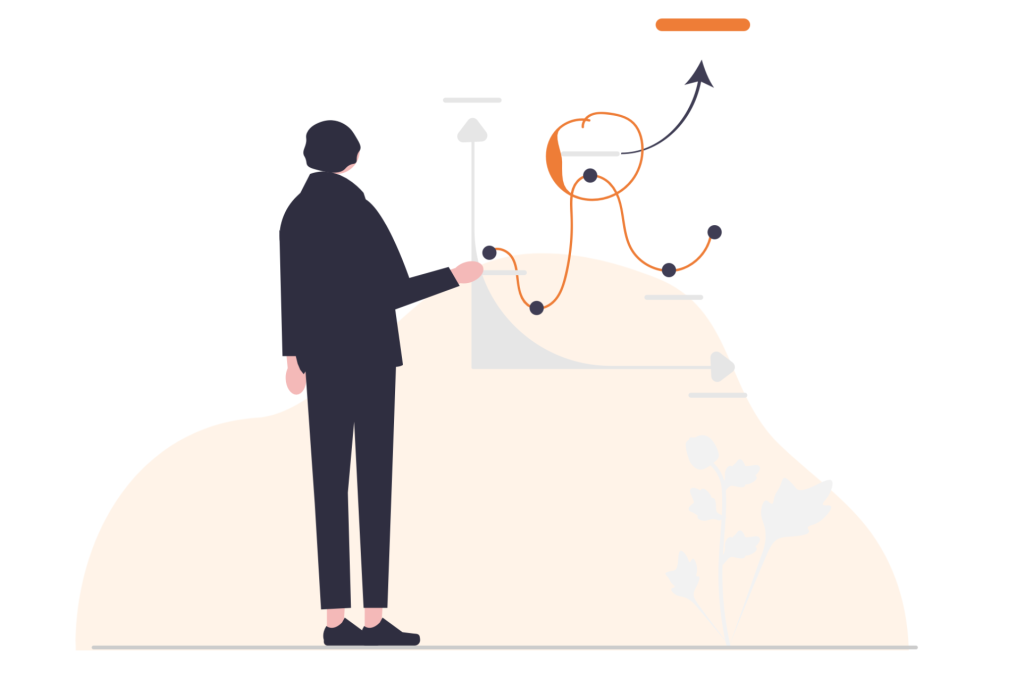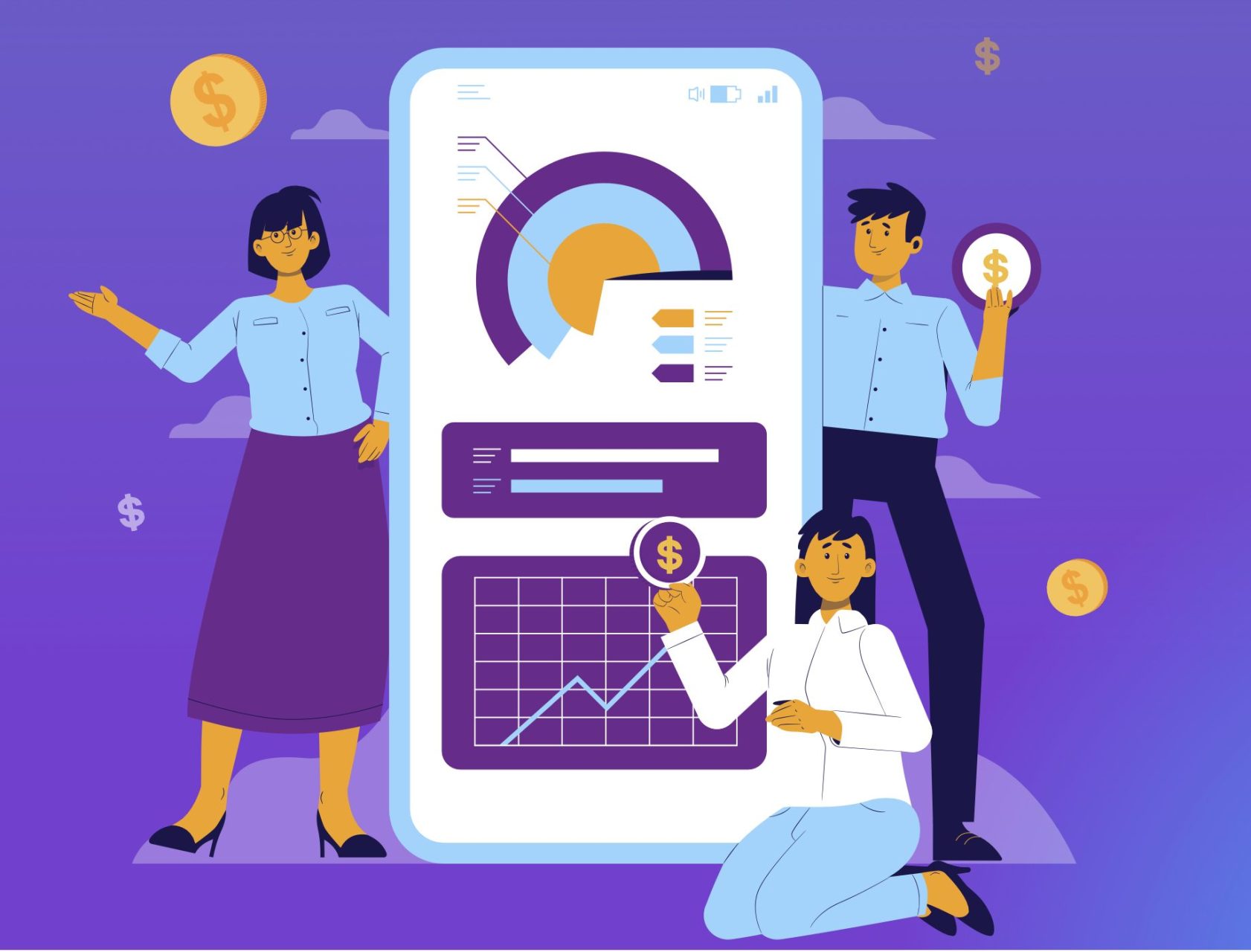Accounts Payable (AP) is a crucial part of any business, but it’s often seen as a cost center instead of a profit center. In today’s fast-paced business environment, it’s essential to have efficient and cost-effective AP processes in place. In this blog post, we’ll explore 8 strategies that can help transform AP into a profit center and drive business success.
Let’s look at how you can transform Accounts Payable into a Profit Center by streamlining processes to make on-time payments to suppliers, implementing better data management, finding new ways to add value to the larger enterprise, streamlining operational costs, and reducing the error rate to boost profits for your business.

1. Streamline Payments to Suppliers
As per the Ardent Partners Technology and Innovation Outlook Report (2016- 2017), the world-class accounts payable teams spend 92% less per supplier payment than their peers. Sounds too good to be true? Here are some ways you can accomplish similar outcomes:
- Prolong payment terms to increase working capital: As you build goodwill with suppliers, you can extend your payment terms to have more cash in hand at any given time. This money can then be channelled into paying off debt, making investments in R&D, and growing your business.
- Make payments on time to avoid penalties: Late payments are not inevitable. Sure, it may be the case when you are operating with manual or semi- automated processes. But with automation, it’s possible to validate invoices quickly and move them through the series of approvals required to complete payments well on time. Customizable notifications and reminders help move the process along. The chances of invoices getting stuck or lost is completely eliminated.
- Explore discounts and early payment options: Your business relationship with your suppliers is one of the most critical aspects contributing to your success. A good relationship will open up the possibility of discounts and other concessions. Paying off invoices well before their due date builds supplier confidence as well. Many suppliers will also consider discounts on early payments of invoices.
With automation, information moves smoothly across the AP department and suppliers are not left hanging. Problems don’t go out of hand and can be resolved in a timely manner. To put it simply, automation streamlines supplier payments to the greatest possible degree.
2. Implement Better Data Management
Digitizing Accounts Payable unlocks the possibility of more seamless data management, which in turn supports activities across the rest of the organization — including budgeting and forecasting, cash management, cooperation between finance and procurement, and so on. The data captured from invoices can be analyzed and sorted in multiple ways. Storing and accessing data also becomes seamless. Management gets full visibility into the history of invoice approvals and compliance as well as auditing become a breeze. With the regulatory environment becoming more complex, it’s essential that enterprises think about digital transformations of their end-to-end businesses sooner than later.
3. Find New Ways to Add Value
Finance leadership has long understood that the Accounts Payable department is a critical part of an enterprise and can contribute in multiple ways to its success. The most obvious way is, of course, through cost reduction. But there are other ways as well. For example, consider the following:
- Helping to optimize working capital: The sooner an organization can convert its procure-to-pay (P2P) cycle, the better it is for cash flow. Automation enables companies to take advantage of early payment discounts and other such offers from suppliers. This leads to improved relations with them and further opportunities for cost reduction.
- Enabling real-time visibility into cash flow: When all invoices are accounted for and digital, it’s possible to get a clear picture of what payments are due when. This information can then be used to better forecast cash flow. In turn, this forecasting supports optimal decision-making with regard to investments, funding, and other such strategic financial moves.
- Generating actionable insights for the business: Data analytics can uncover a variety of trends and behaviors within an organization’s P2P process. These can be leveraged to further drive cost reduction as well as other operational improvements. Combined with data from other financial systems, the possibilities are endless.

4. Improve Compliance and Reduce Risk
As mentioned earlier, compliance is a critical issue for all businesses — and it’s only going to become more important in the years to come. Automation can go a long way in helping enterprises meet their compliance obligations. By digitizing invoices and associated data, organizations can be sure that everything is accounted for. This is true not only for tax purposes but also for auditing and other compliance-related activities. This makes month-end reporting an absolute breeze!
5. Gain a Competitive Advantage
In today’s digital world, the race is on to see who can most effectively harness technology to gain a competitive advantage. Accounts Payable automation is one way to get ahead. It enables organizations to improve their P2P processes in multiple ways, as we’ve seen. The result is a leaner, more efficient, and more agile enterprise — one that is better positioned to take on whatever challenges the future may bring.
Digital transformation is inevitable. The question is not whether or not to do it but rather how best to go about it. AP automation is one way to make the transition. It offers a host of benefits that can be leveraged to improve financial management, compliance, and overall performance.
What’s more, it’s not just large enterprises that stand to benefit. Automation can be used by companies of all sizes to achieve their unique business objectives. So, whether you’re a start-up or a global corporation, there’s no time like the present to start thinking about how Accounts Payable automation can help you stay ahead of the competition.
6. Adding Value to the Enterprise
Data management is critical. Accounts Payable is always sitting on a wealth of data which — with the right systems of analysis and interpretation — can be immensely valuable to the rest of the enterprise. Cloud-based systems give authorized users access to the necessary information at their fingertips no matter where they are. This allows them to track cost and consumption metrics, keep an eye on working capital and spending trends, supervise utility costs and consumption, benchmark performance, and much more. With detailed reporting and easy-to-interpret visual data displayed on an intuitive interface, users can get the most in-depth understanding of the past, present, and future of the enterprise. This information can fuel strategic decisions that contribute to the success of the enterprise.
7. Streamline Operational Costs
Handling and processing invoices can be a costly affair for businesses that do it manually in a paper-based environment. Each step of the process is energy and time intensive — from receiving and opening the invoice, to data entry, to filing, to making the payment. Printing, signing, folding, and fixing postage are all time- consuming tasks. The back and forth with suppliers when there are inaccuracies or mistakes, and the internal back and forth within the organization itself slows down the whole enterprise to a snail’s pace. Implementing a technology solution gives you a single platform on which to manage everything, dramatically reducing labour costs while also freeing up the time and energy that goes into the whole process.
When you automate AP, the platform will capture invoices across any delivery channel, extract the relevant data, forward the invoice for necessary approvals based on predefined rule sets, and then post the approved invoices for further processing. Invoices are tallied with purchase orders and receipts, eliminating the chance of fraud or duplicate payments. Data analytics tools help identify opportunities to further streamline the whole process. At the end of the day, this streamlining of AP operations through technology results in massive cost savings for your enterprise.
8. Reduce the Error Rate & Prevent Leakage
The human factor is always going to be present in any Accounts Payable process. And with humans comes the potential for error. Research shows that the average error rate for manually processed invoices is around 4 percent. This might not sound like much, but when you consider the volume of invoices most enterprises deal with on a daily basis, it can quickly add up to a lot of money.
When it comes to expenses, you want to cross your t’s and dot your i’s as diligently as possible. Errors can be costly and sabotage any progress you are making in growing your business. In AP departments that manually process invoices, not only is the workflow slow and tedious, it’s also prone to errors and inaccuracies. Money can be disappearing from under your nose and you won’t even know it.
But automated AP solutions solve this problem once and for all. With an automated Accounts Payable solution, the error rate is greatly reduced as the system captures data accurately and completely from the get-go. By pairing and coding accounting data, errors are reduced across the board. Before the invoice goes out, it is automatically scanned to ensure that it’s accurate. Data is then verified against predefined rules and standards, and any discrepancies are flagged before the invoice is approved for payment. This not only reduces the error rate, but also helps to prevent leakage — payments made for goods or services that were never received.
Conclusion
In conclusion, transforming Accounts Payable into a profit center is a strategic move that can help businesses optimize their finances and gain a competitive advantage. By implementing these 8 strategies, businesses can streamline their AP processes, reduce costs, and improve their bottom line. With the right approach, AP can be a valuable source of revenue and help drive long-term business success.
Modernize & Streamline The Accounts Payable Process with EZ Cloud
With EZ Cloud, you can automate your P2P process, replacing manual, tedious AP tasks with a solution that ensures transparency, control, and accountability. The EZ Cloud accounts payable automation solution is aimed at increasing efficiency, improving visibility, and streamlining manual invoice processing.
You can automate workflows, reduce errors and delays, meet regulatory requirements, and eliminate the risk of fraud with EZ Cloud, which has built-in dashboards, compliance policies, and on-demand reporting capabilities.
Receive full transparency through customer and supplier portals, utilise integrated dashboards to make data-driven and cost saving decisions – all without changing the way your team currently makes payments.




